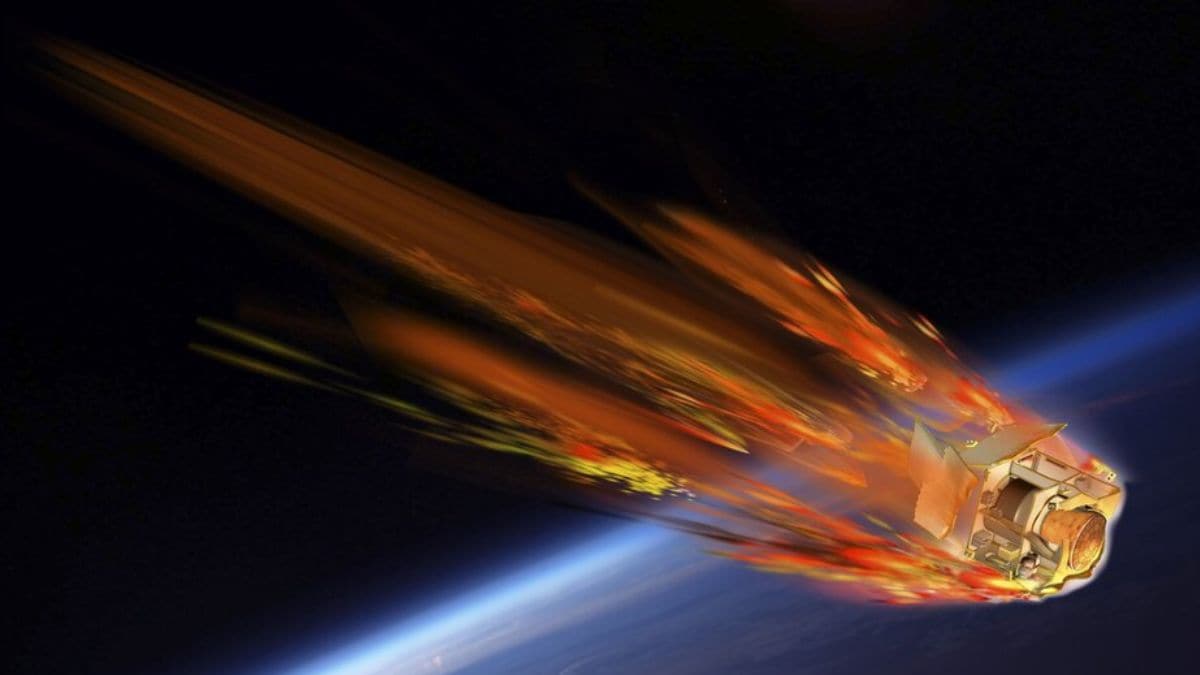Introduction
The European Space Agency (ESA) is embarking on a ground-breaking mission to better understand the dynamics of satellite re-entry into Earth’s atmosphere. Remarkably, this mission involves the intentional destruction of a satellite to gather critical data on its disintegration process. Named the Destructive Reentry Assessment Containment Object (DRACO), this mission aims to provide valuable information that could guide the design of safer satellites in the future.
The DRACO Mission: Overview
Scheduled for launch in 2027, the DRACO mission represents a pioneering effort to observe and analyze the breakdown of a spacecraft as it re-enters the Earth’s atmosphere. ESA has contracted a European company to execute this innovative project, which focuses on understanding how satellites fail during re-entry. By gathering this data, engineers hope to develop satellites that can withstand potential mishaps during their return to Earth, mitigating the risks of uncontrolled re-entries in the future.
Environmental Considerations
One of the significant objectives of the DRACO mission is to assess the environmental impact of spacecraft re-entries. ESA aims to investigate how spacecraft and their components interact with the Earth’s atmosphere and what by-products may be released during the disintegration process. This information is crucial for developing strategies aimed at minimizing ecological damage during satellite decommissioning.
Specifications of the DRACO Spacecraft
The DRACO spacecraft is designed to resemble the size of a standard washing machine, weighing approximately 200 kg. Its primary focus is to mimic the breakdown behavior of conventional spacecraft upon re-entry. Despite its design to shatter like a regular satellite, the DRACO will house a specialized 40 cm capsule engineered to protect and collect crucial data throughout this destructive process.
Data Collection Mechanism
The capsule, which will secure all the gathered data during the mission, will descend to Earth via parachute once the spacecraft disintegrates. To ensure a comprehensive assessment of the re-entry process, four high-resolution cameras will be integrated into the DRACO spacecraft. These cameras will capture detailed visual data on how the spacecraft breaks apart in real-time, providing invaluable insights into the physics of atmospheric re-entry.
Conclusion
As countries worldwide continue to launch numerous missions into space, understanding the fate of satellites post-mission is becoming increasingly important. The DRACO mission spearheaded by the European Space Agency represents a crucial step towards ensuring safer satellite designs and minimizing environmental impact during spacecraft re-entries. The findings from this mission have the potential to influence future aerospace engineering, ultimately leading to a more sustainable approach to space exploration.











